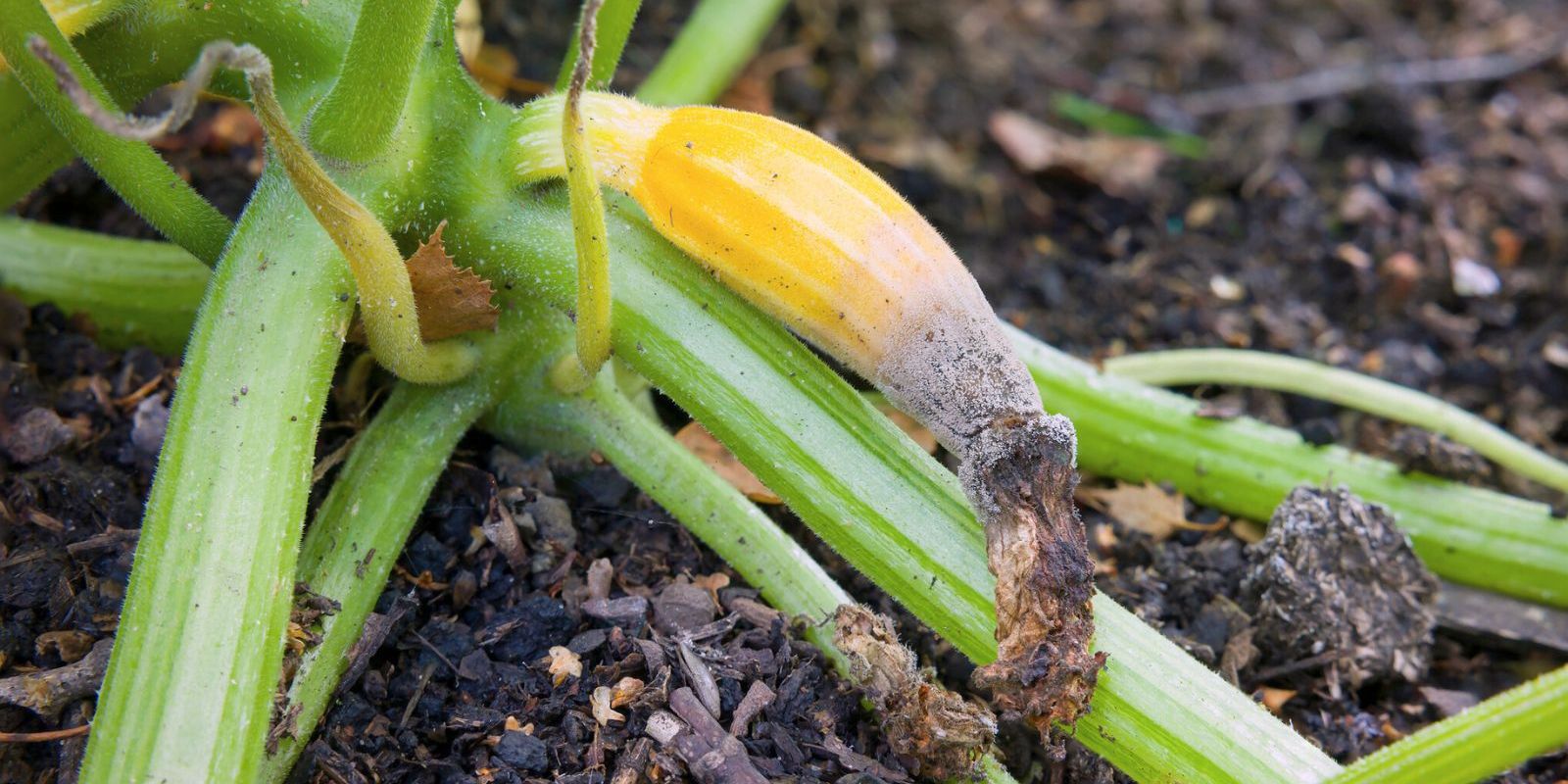Introduction
Zucchini is a rewarding vegetable to grow, offering abundant harvests in a short period. However, many gardeners encounter the frustrating problem of zucchini turning yellow and rotting before they can be enjoyed. This issue, known as blossom end rot or poor fruit development, often results from improper pollination, nutrient deficiencies, overwatering, or pest infestations.
In this guide, we’ll explore the primary reasons zucchini plants suffer from this problem and provide actionable solutions to ensure you grow healthy, vibrant zucchinis in your garden.
Understanding Why Zucchini Turns Yellow and Rots
1. Poor Pollination
Zucchini plants produce both male and female flowers, requiring pollinators like bees to transfer pollen for successful fruit development. When pollination is inadequate, the fruit starts to grow but quickly turns yellow and decays.
Solution:
- Hand Pollinate: If you notice a lack of bees, manually transfer pollen using a small brush or cotton swab.
- Attract Pollinators: Plant companion flowers such as marigolds, sunflowers, or lavender to encourage bees and butterflies.
- Plant Multiple Zucchini Plants: More plants increase the chances of successful pollination.
2. Blossom End Rot (Calcium Deficiency)
Blossom end rot is a common problem caused by calcium deficiency or uneven watering, leading to yellow, rotting fruit.
Solution:
- Add Calcium to the Soil: Crushed eggshells, bone meal, or garden lime can help supplement calcium.
- Water Consistently: Avoid letting the soil dry out completely or become waterlogged.
- Mulch Around the Base: This helps retain moisture and regulate soil temperature.
3. Overwatering and Poor Drainage
Excessive watering can lead to root rot, resulting in yellowing and decaying fruits.
Solution:
- Water Deeply but Infrequently: Water 2–3 times per week, depending on the weather.
- Improve Soil Drainage: If growing in heavy clay soil, amend it with compost or sand to enhance aeration.
- Use Raised Beds or Containers: These provide better control over soil moisture.
4. Fungal and Bacterial Diseases
Fungal infections like powdery mildew and bacterial wilt can weaken the plant, causing fruits to rot.
Solution:
- Prune Leaves for Airflow: Remove excess foliage to allow proper ventilation.
- Use Organic Fungicides: Neem oil or a baking soda spray can help control fungal diseases.
- Avoid Overhead Watering: Water at the base to prevent moisture buildup on leaves.
5. Pests and Insects
Squash bugs, vine borers, and aphids can damage the plant and lead to fruit decay.
Solution:
- Handpick Pests: Regularly inspect and remove visible insects.
- Use Row Covers: Protect young plants from pests without using chemicals.
- Encourage Beneficial Insects: Ladybugs and lacewings help control pest populations naturally.
Best Practices for Healthy Zucchini Growth
1. Choose the Right Variety
Some zucchini varieties are more resistant to disease and pests than others. Look for disease-resistant types like ‘Black Beauty,’ ‘Gold Rush,’ or ‘Costata Romanesco.’
2. Provide Proper Spacing
Crowded plants reduce airflow and increase the risk of disease.
- Space plants at least 2–3 feet apart to prevent competition for nutrients and reduce fungal problems.
3. Fertilize for Strong Growth
Zucchini plants are heavy feeders and benefit from a nutrient-rich soil.
- Apply a balanced fertilizer (10-10-10) every few weeks.
- Use organic compost to improve soil structure and provide steady nutrients.
4. Harvest Regularly
Leaving overripe zucchinis on the plant can signal the plant to stop producing.
- Pick zucchinis when they are 6–8 inches long to encourage continuous production.
Final Thoughts
Preventing zucchini from turning yellow and rotting requires a proactive approach—ensuring proper pollination, maintaining consistent watering, providing adequate nutrients, and managing pests effectively. By following these tips, you can enjoy a bountiful harvest of healthy zucchinis!
💬 Have you faced this issue in your garden? Share your experiences and tips in the comments! 🌱👇
#GrowYourOwn #ZucchiniTips #OrganicGardening #HealthyPlants #GardenHacks #HomesteadLiving

